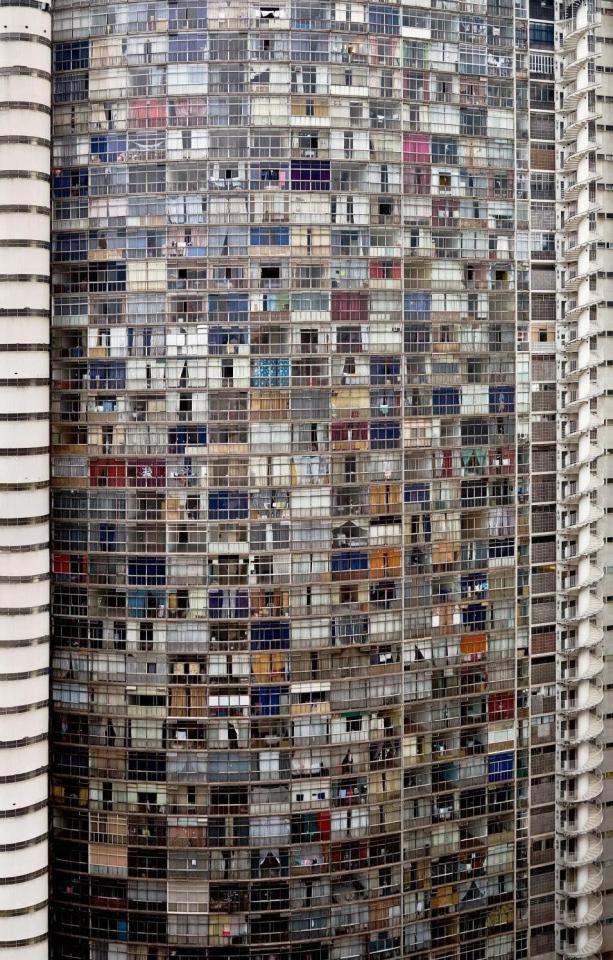#copan building
Text
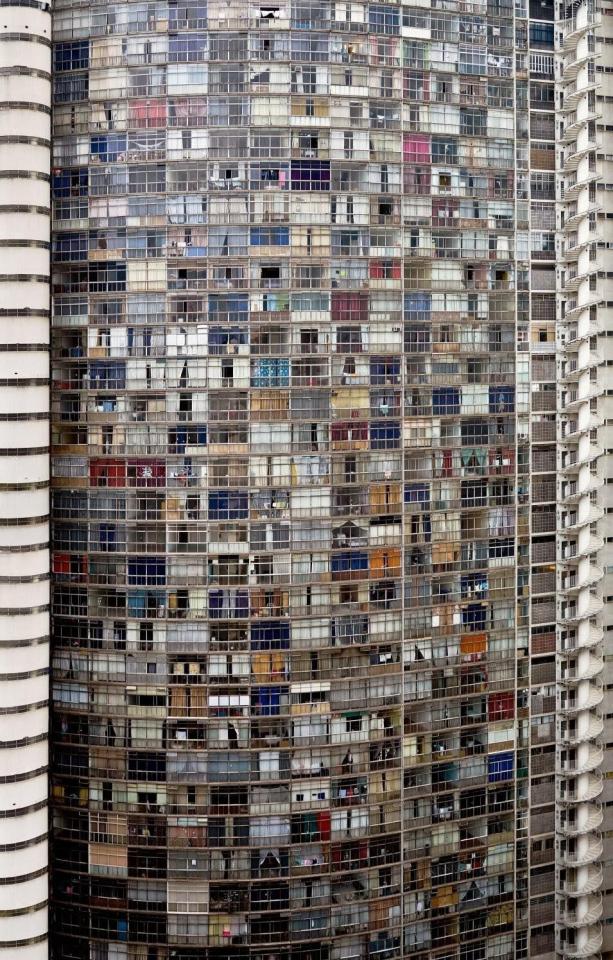
Copan Building. São Paulo, Brazil,2017,
Photo by José Manuel Ballester
#art#design#stairwell#architecture#stairway#staircase#stairs#condo#brazil#sao paulo#oscar niemeyer#copan building#josé manuel ballester#building#town#city#exterior#cities
488 notes
·
View notes
Text
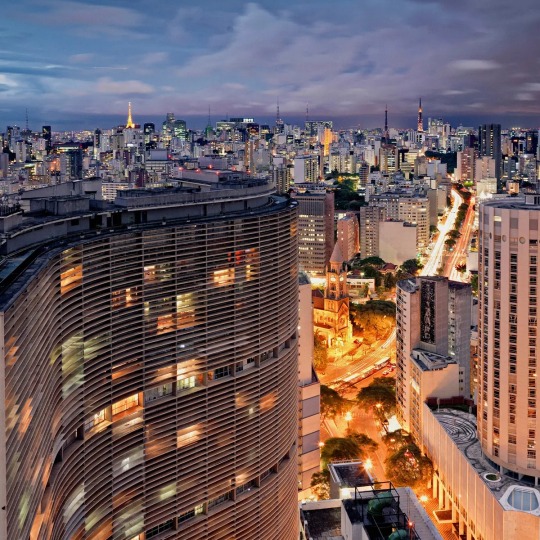
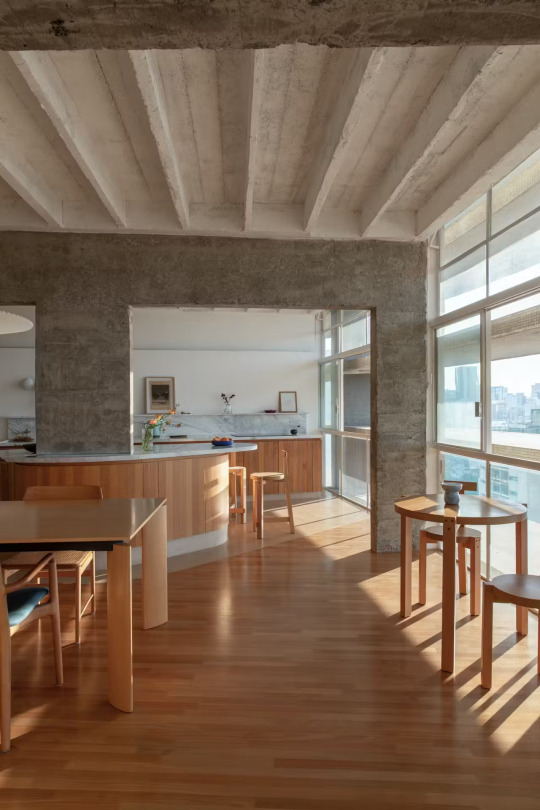
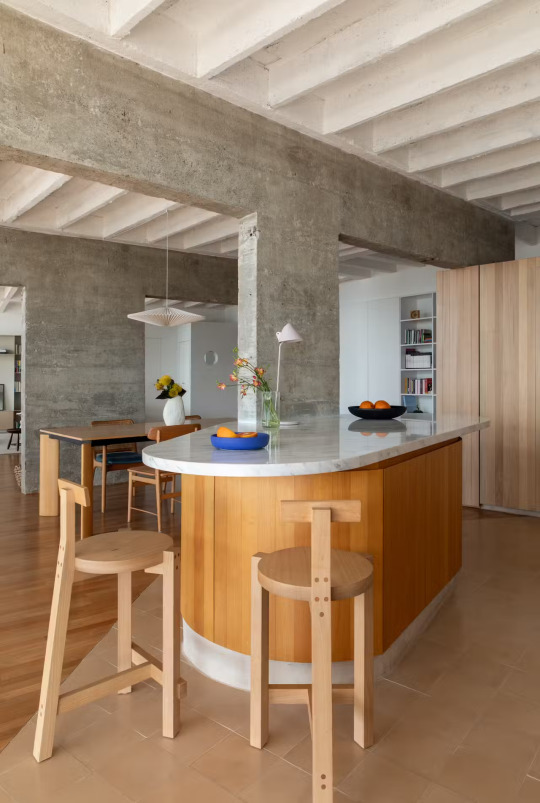




Copan Building, São Paulo, Brazil,
Designed by Oscar Niemeyer in 1966,
Estúdio BRA Arquitetura,
Photographs by Maíra Acayaba
#art#design#architecture#minimal#interior design#minimalism#interiors#copan building#brazil#sao paulo#oscar niemeyer#renovation#bra arquitetura#apartamento#flat
201 notes
·
View notes
Text
Move over, modern-day plaster! Scientists in Spain have dug up the secret recipe for Maya plaster - it includes tree bark extracts!
54 notes
·
View notes
Text

#cybershot#brazil#brazilian#cyber shot#cityscape#sony cybershot#city lights#flash photography#streetscape#city#copan#saopaolo#sao paolo#saopaulo#sao paulo#buildings#urban#urban photography#urban landscape#urban fantasy#urban life#street#city life#cityscapes#streets#cities#architecture
0 notes
Text
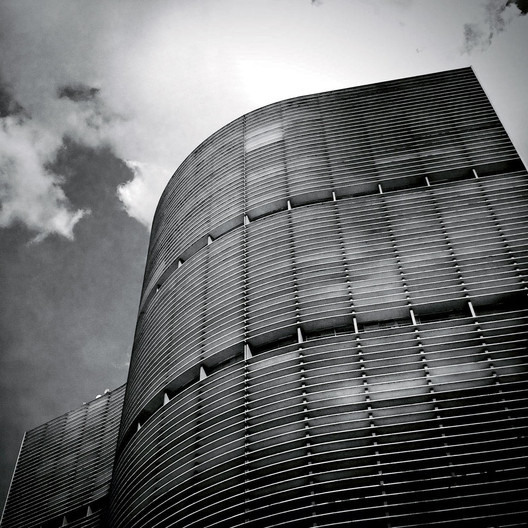
1 note
·
View note
Text
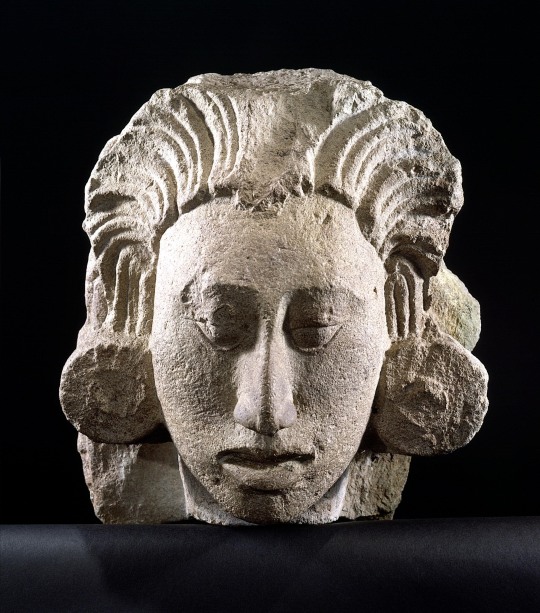
Head of Maize God
Maya, Late Classic, 715 CE
This figure once ornamented the upper façade of a temple at Copan. Built by the city’s thirteenth ruler, Waxaklajun Ub’ah K’awil (who reigned 695-738), the temple embodied the generative aspects of the world. A chamber inside it was the symbolic center of the Maya cosmos. Around it, the exterior of the building was decorated with masks of the earth monster, representing the animated earth. At the top of the temple, maize figures sprouted out of the animated earth, possibly symbolizing the result of rituals performed within, and promising fertility, productivity, and abundance to the city’s population.
72 notes
·
View notes
Text
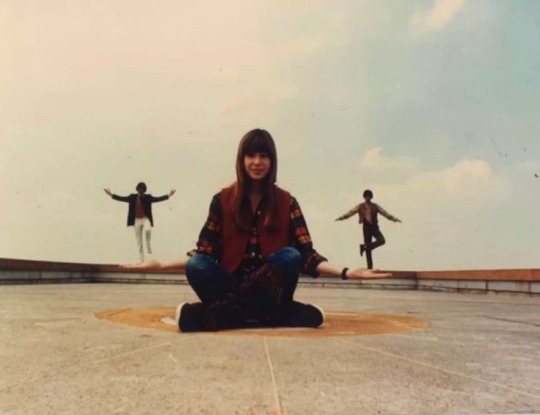
os mutantes on the roof of the copan building. são paulo. end of the 1960s.
#os mutantes#rita lee#1970s#1970s fashion#1970s music#arnaldo baptista#brazil#1970s history#70s#seventies#1970#sérgio dias#copan#são paulo#1960s
14 notes
·
View notes
Photo
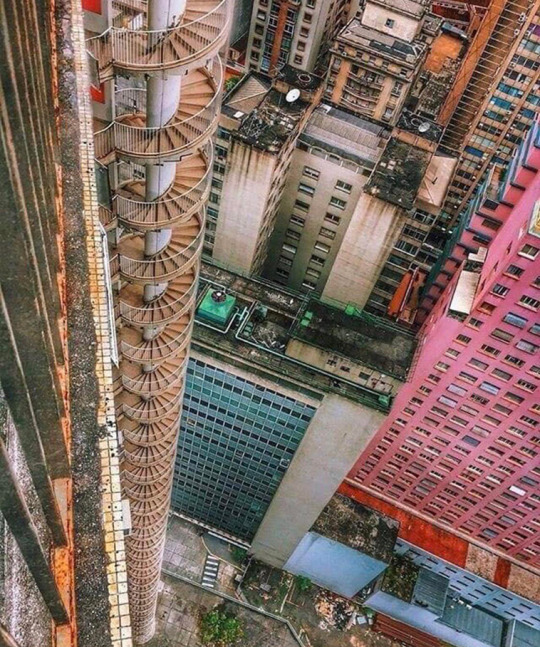
A Fire Escape of the 38-story Copan Residential Building in São Paulo, Brazil. YIKES!
https://themindcircle.com/
389 notes
·
View notes
Photo
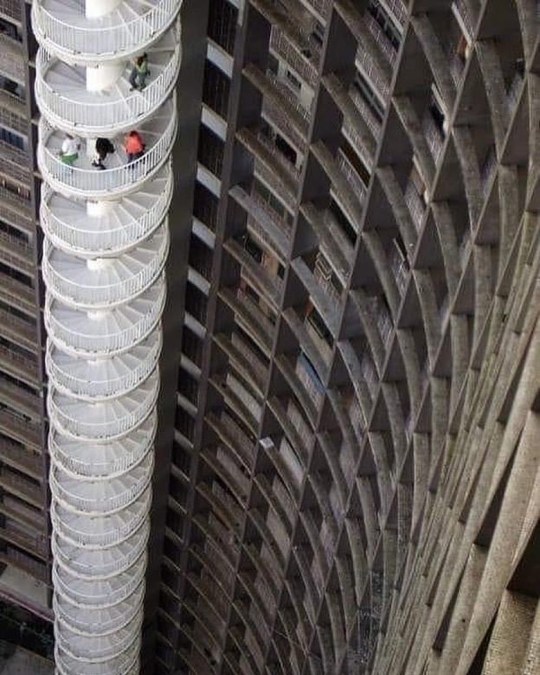
@fdestribute Edifício Copan emergency staircase - Oscar Niemeyer's most iconic building in São Paulo #brutgroup photo unknown via #isc20c https://www.instagram.com/p/CIl-enhFu6g/?igshid=NGJjMDIxMWI=
21 notes
·
View notes
Text
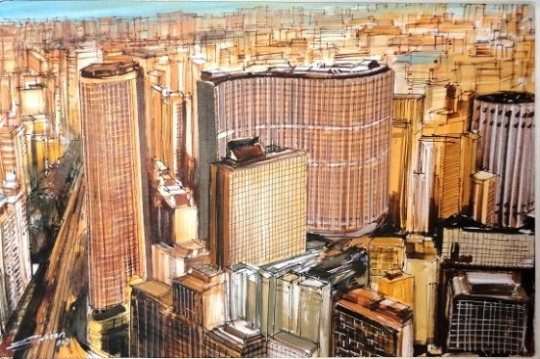
Edson de Souza. Copan. Copan building.
Эдсон де Соуза. Здание Копан.
9 notes
·
View notes
Photo



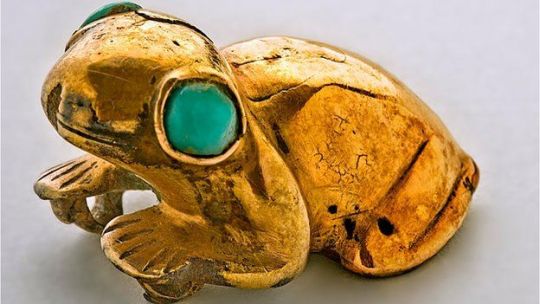


What's Hidden Inside the Ancient Maya Pyramids?
What did the ancient Maya place inside these monumental structures?
The ancient Maya constructed hundreds of pyramids throughout Mesoamerica, from about 1000 B.C. to A.D. 1500, placing a wide variety of artifacts inside of them.
But what exactly did they put inside of them?
It turns out that, like the pyramids of ancient Egypt, those built by the Maya contained rich treasures and burials. But they also often contained something weirder — smaller pyramids inside the larger ones, experts said.
For example, the pyramid of "El Castillo," at the site of Chichén Itzá in the Yucatán Peninsula, contains a pyramid within a pyramid within a pyramid, like a Russian nesting doll.
"The ancient inhabitants of the Yucatán Peninsula, when they arrived at a previously inhabited and abandoned site, did not destroy the old structures," Andrés Tejero-Andrade, a professor at the National Autonomous University of Mexico (UNAM) who has studied and written about El Castillo, said in an email. "Rather a new one was built on top of those already present, and so on," he said, noting that this is why El Castillo has this nesting doll structure.
This practice was not unique to El Castillo; other Maya and non-Maya pyramids have this arrangement, Denisse Lorenia Argote Espino, a researcher at Mexico's National Institute of Anthropology and History (INAH), said in an email.
Espino noted that building a pyramid on top of another pyramid "was a common practice in pre-Hispanic [before the Spanish arrived] times" and that "the main structures in long settlements [sites that were inhabited for a long time] usually have several constructive phases."
Still, such pyramid stacks aren't the most common things archaeologists find in Maya pyramids. While some Maya temples were used for rituals, others served as tombs for rulers or other elite individuals.
These burials contained artifacts such as jade masks (for the deceased), jade beads, obsidian blades and stingray spines, which were a symbol of self-sacrifice for the ancient Maya, according to Michael Coe's book "The Maya (opens in new tab)" (Thames & Hudson, 2011).
Stingray spines were associated with self-sacrifice because sometimes they were placed "through ears, cheeks, lips, tongue, and the penis, the blood being spattered on paper used to [anoint] idols," Coe wrote in his book.
The ancient Maya prized objects made of jade. One of the most famous examples is a jaguar throne found in the El Castillo pyramid.
"The Classic Maya esteemed jadeite not only for its preciousness and beauty but also as stone of great symbolic import," wrote Karl Taube, an anthropology professor at the University of California, Riverside, in a 2005 article published in the journal Ancient Mesoamerica (opens in new tab). For example, the Maya associated jade with maize, rulership and the wind itself, Taube wrote. "Jade was an important component of funerary rites and the ritual conjuring of gods and ancestors," he added.
More Maya artifacts
Maya pyramids contained many other remarkable artifacts. For instance, a pyramid at the site of San Bartolo, in northern Guatemala, contains a fragment of what may be the earliest Maya calendar ever found, dating back more than 2,200 years.
A pyramid at Copan, in Honduras, has a massive inscription containing more than 2,000 Maya glyphs inscribed on its staircase. The inscription tells the history of Copan's rulers, according to a 2006 Getty Conservation Institute report (opens in new tab). The Maya used a writing system that is sometimes called "Mayan hieroglyphic." This writing system has glyphs that represent sounds which form words that scholars can read and translate.
By Owen Jarus.
#What's Hidden Inside the Ancient Maya Pyramids?#maya#maya treausure#gold#jade#ancient artifacts#archeology#archeolgst#history#history news#ancient history#ancient culture#ancient civilizations#maya history#maya culture#long reads
20 notes
·
View notes
Text

Architecture & Engineering·
Fire Escape of 38-story Copan Residential Building in São Paulo.
15 notes
·
View notes
Text
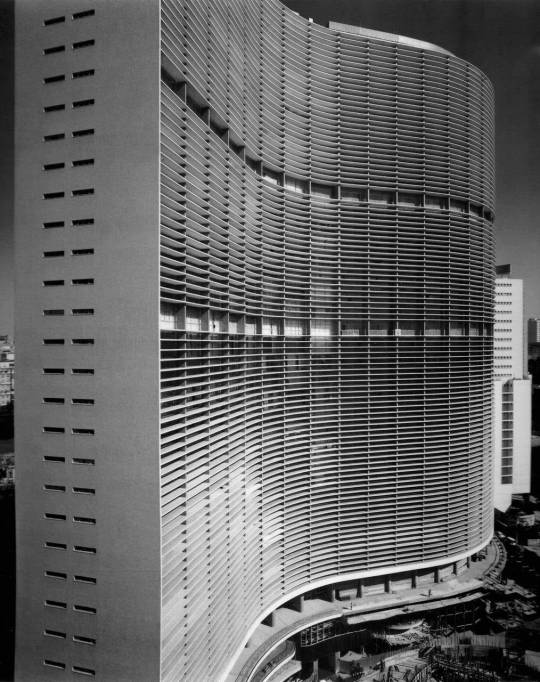
Copan Building, São Paulo, Brazil, designed by Oscar Niemeyer in 1966.
2 notes
·
View notes
Text

#cybershot#brazil#brazilian#cyber shot#cityscape#sony cybershot#city lights#flash photography#streetscape#city#copan#sao paulo#são paulo#saopaolo#saopaulo#buildings#building#architecture#town#cities#exterior#urban fantasy#urban#urban photography#urban landscape#urban life#street#city life#cityscapes#streets
0 notes
Text

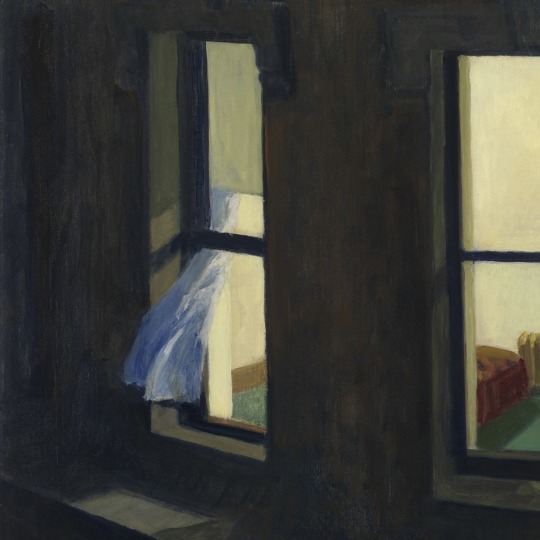

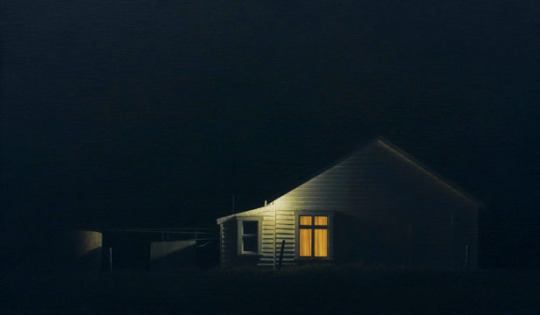

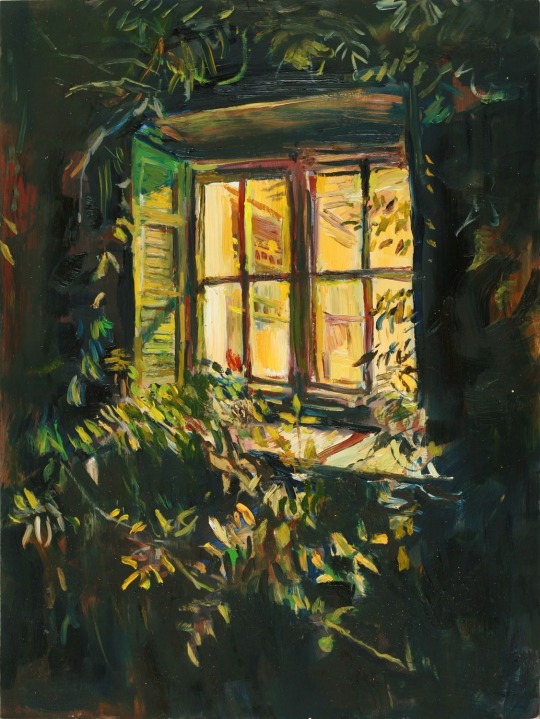


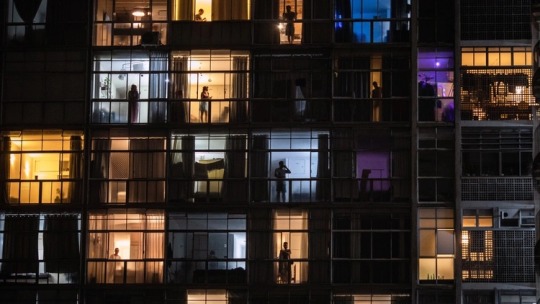

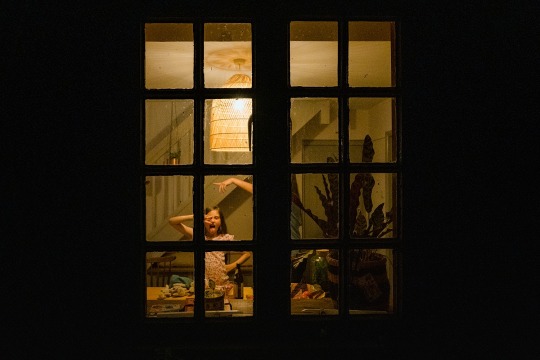
the wind in the willows, kenneth grahame (1908) // night windows, edward hopper (1928) // the old phools, philip larkin (1973) // night house ii, grahame sydney (1995) // that home, the cinematic orchestra (2007) // kitchen window at night, rob pointon (2013) // prague, anne-laure maison (2020) // night window study, sophie treppendahl (2020) // residents of the copan building, victor moriyama, (2020) // into that good night, seamus perry (2021) // untitled, emma collins (2022)
#web weaving#the wind in the willows#photography#traditional art#something about illuminated windows at night always makes me go insane so here#parallels#have a pretentious post about it
14 notes
·
View notes
